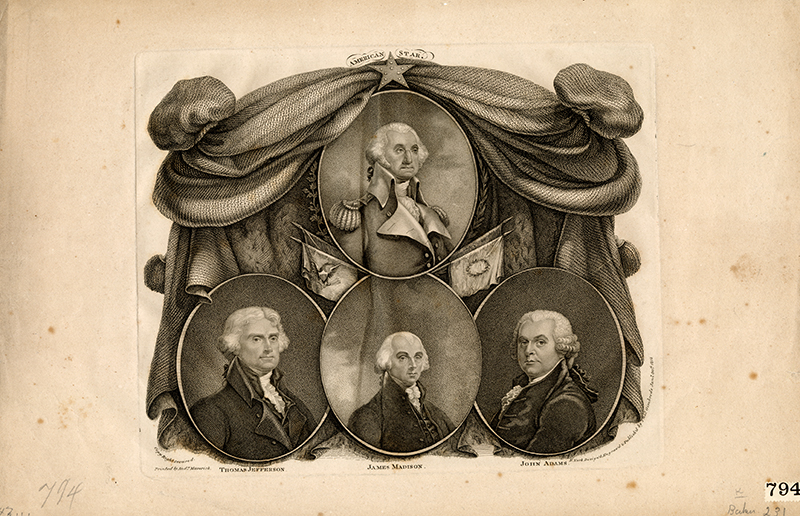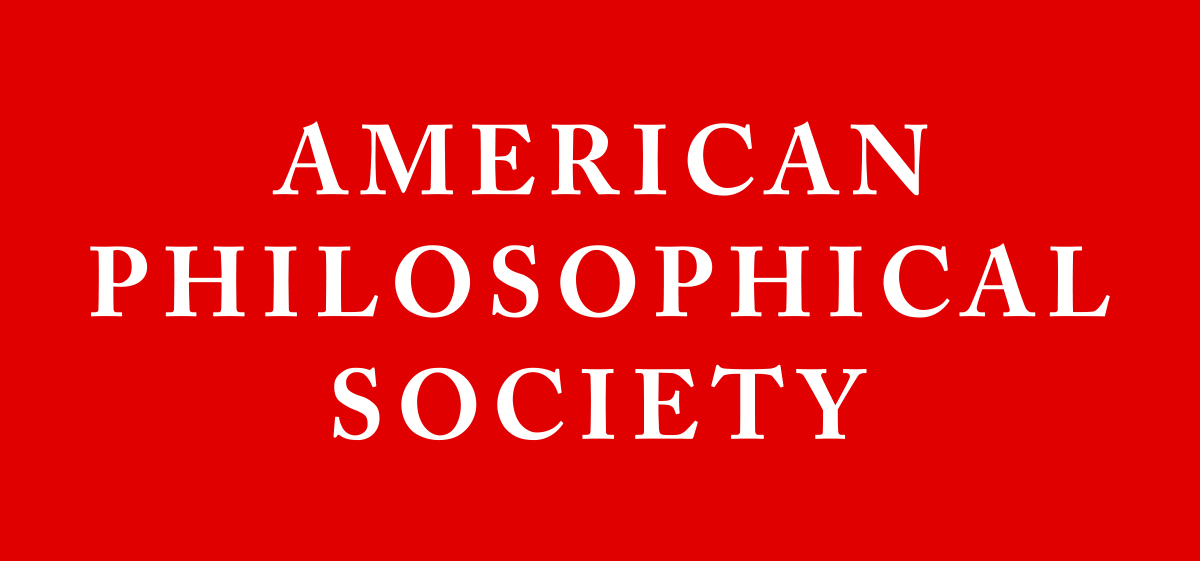Historical Context for the APS Members Bibliography

The American Philosophical Society Members Bibliography and Biography, which will include books and pamphlets published by Members elected to the Society from 1743-1826, represents one snapshot of the American Enlightenment, by glimpsing that cultural and intellectual phenomenon during the 18th and early 19th centuries. The movement stressed reason, tolerance, improvement, and empirical scientific learning to improve society. There were many Enlightenments in the Western world during this period and accounting for the cultural context of different locales is important. The Bibliography provides an essential reading list or syllabus of the texts elite Americans and Europeans of the colonial and early republic periods used to craft their own Enlightenment.
As a diffuse event, the American Enlightenment took tangible form through practices and institutions, especially learned societies, academies, salons, and networks of communication and textual transmission. The APS emerged as a center of gravity for the American Enlightenment because of its central location among the British North American colonies in Philadelphia; its connections to the first internationally recognized American scientists, Benjamin Franklin and David Rittenhouse; and the culture of toleration and commercialism fostered by Pennsylvania’s Quaker founding. The American Revolution made the new nation sheik in Europe with publications like the Declaration of Independence and Common Sense, which resonated across Europe.
Examining a learned society like the APS allows one to see beyond towering individuals while also honoring their contributions. Members of the APS were part of a self-selecting learned society, the first in North America, and they crafted their own club of insiders who represented their conception of the American Enlightenment. Members’ publications were essential to its development and dissemination: the books and pamphlets brought together in this Bibliography are as close as one might get to an essential reading list of what elite Americans and Europeans understood as useful knowledge in the 18th and early 19th centuries. While this list is imperfect—the publications in this bibliography did not reach deeply into wider society and largely silence the contributions of women, laborers, the enslaved, and Indigenous peoples—it demonstrates a vision that was distinctly American. With its mission to “promote useful knowledge,” the Society mixed art and science, religion and common sense, along with practical and abstract learning to create their Enlightenment.
The first half of the bibliography, which ends at 1786 with ____ Members, provides a list of texts that were important to the coming of the American Revolution. The texts described in this bibliography offer a pre-French Revolutionary Enlightenment, an event that altered the scene immensely. As this Bibliography marches toward 1826, a substantial shift will become visible: scholarship and learning fracture into their own specialized fields. The idea of universal learning proposed by the Enlightenment gave way to an increase of the technical knowledge necessary to make progress scientific and commercial. Members’ deep science and theory of the APS Membership begins to extend itself toward the industrial revolution.
